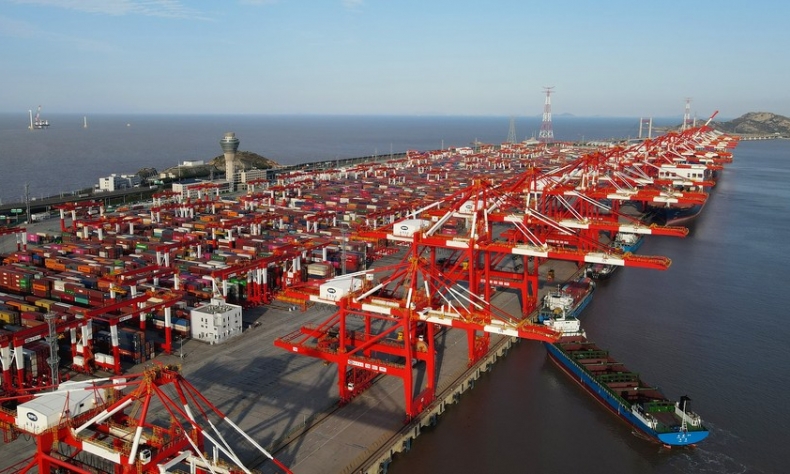Fostering Collaboration for Mutual Benefits: Empowering the Economy

What is the significance of the 14th Five-Year Plan for China’s future development? What can India learn from China’s experience in development?
This year marks the beginning of China’s 14th Five-Year Plan period (2021-2025). The 14th Five-Year Plan dictates that China will strive to make new strides in economic development. Taking new steps in reform and opening up, China will further improve its socialist market economy and continue building a high-standard market system. What is the significance of the 14th Five-Year Plan for China’s future development? What can India learn from China’s experience in development? Prasad Khake, an entrepreneur in Pune, India, shared his opinions with China-India Dialogue.
China-India Dialogue (CID): What is the significance of the 14th Five-Year Plan for China’s future development?
Prasad Khake: Last year, the 19th Central Committee of the Communist Party of China (CPC) made its proposals for mapping out the 14th Five-Year Plan for National Economic and Social Development and the Long-Range Objectives Through the Year 2035 at its fifth plenary session. There are 60 key points in the proposals, each one focusing on a particular area and theme ranging from improving people’s quality of life to prioritizing rural revitalization and promoting high-quality development of the Belt and Road Initiative.

China has seen rapid growth over the past decades, essentially becoming the world’s manufacturing powerhouse. Many Chinese megacities have reaped huge dividends after long-term development and become the de facto choice of global manufacturing and supply chains. The modularization of factories has enabled customization for Chinese suppliers which makes it essentially effortless to take on any request and serve global markets.
One key point underlined in the proposals is the facilitation of domestic circulation and the implementation of a dual circulation strategy involving both foreign and domestic markets. This provides a glimpse into how China seeks to boost its domestic market while simultaneously serving global needs.
CID: What are the characteristics of India’s development in recent years?
Khake: India has one of the youngest populations with one of the largest pools of talented graduates in the world. India lifted millions of people out of poverty while safeguarding the elementary education of its children. It became self-sufficient in feeding its people and even more so as to become the largest exporter of some kinds of food grains. The rapid expansion in the post-economic liberalization era catapulted the Indian middle class into greater spending as it had more purchasing options along with increased disposable income. Along came the IT revolution which transformed the service sector of the country. Outsourcing made India the global back office while providing crucial foreign currency. More recently, India has been seeing the births of global companies and start-ups being operated from India but serving global markets, which has strengthened the belief that India can provide world-class products and services. Similar to China, India also has its megacities, though not as carefully planned or built. Its metropolises house most of the nation’s aspirants who come to fulfill their dreams. While a large part of its population is still dependent on agriculture, the smartphone and cheap accessible data have put technology adoption on the fast track.

CID: In your view, what development experience of China is worth learning for India?
Khake: As we see India and China side by side, there are some similarities as well as disparities in their development. The Chinese government has the capacity to enforce and run programs and initiatives efficiently, while India has a decentralized system, with its central and state governments operating more like a collaborative relationship. China has developed into the world’s manufacturing powerhouse with its skilled labor force and favorable geographical location, and India has become a major outsourcing provider worldwide as it stands at the forefront of supplying world-class IT services, IT products, and many others thanks to its talent pool. Both India and China have huge consumer bases and populations with lifestyles ready to be upgraded to improve standards of living. The two countries both have the potential to be the biggest economies in the world, surpassing the U.S. Although the numbers do say China is far ahead of India, I believe there is a lot both countries can learn from each other, especially given their socioeconomic similarities and geographic proximity. It’s only a matter of time before China and India lead the global economy.
 Facebook
Facebook
 Twitter
Twitter
 Linkedin
Linkedin
 Google +
Google +










